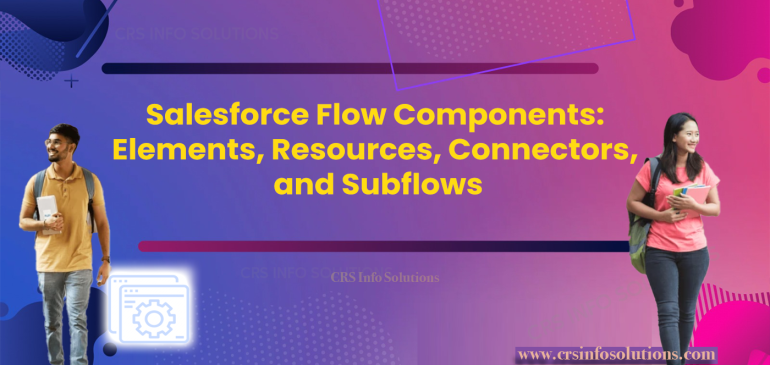Salesforce Flow Components: Elements, Resources, Connectors, and Sub-flows
Salesforce Flows provide a robust framework for automating complex business processes. To understand how these flows function, it’s essential to delve into their core components: Elements, Resources, Connectors, and Subflows. Each of these components plays a vital role in creating efficient and effective workflows. 1. Elements Elements are the building…
Salesforce Stocks Surge Following Exceptional Performance in Cloud Sector
On Thursday, Salesforce Inc’s (CRM.N) shares soared approximately 10%, reaching a near two-year peak, following the announcement of outstanding third-quarter earnings, propelled by robust demand for its cloud and business software solutions. The company’s reported revenue of $8.72 billion and an adjusted earnings of $2.11 per share surpassed Wall Street…
Apex Decision Making in Salesforce
Table of Contents Introduction A decision-making structure contains one or more conditions that are to be evaluated by the program, along with a statement or statements that should be executed if the condition is true, and maybe other statements if it is false. Here, we will discuss the structure of…
Props and State in React with Examples
Table Of Contents In React, handling data is essential for creating interactive user interfaces. Two key concepts that help with this are props and state. Props (short for properties) allow components to receive data from their parent components. This makes components reusable and flexible. Props are immutable, meaning they cannot…
How to limit trigger execution to avoid Too Many SOQL Queries: 101 errors?
How to limit trigger execution to avoid Too Many SOQL Queries: 101 errors? Scenario: Suppose you have a trigger on the Contact object that updates related Account records when certain fields on the Contact are modified. You want to ensure that the trigger only executes when necessary. Original Trigger (Without…
Constants in Salesforce Apex
Table of Contents What are Apex constants? Constants in Salesforce Apex are fixed values that do not change during the execution of a program. They are defined using the final keyword, which means once a constant is assigned a value, it cannot be altered. Constants are useful when you want…
Platform Event Flow in Salesforce
Introduction: In the world of Salesforce automation, Platform Event Flow stands as a pivotal feature, often unnoticed yet powerful. It’s a tool that bridges various components within Salesforce and connects external systems, enabling real-time data processing and responsiveness. In this blog post, we’ll explore the ins and outs of Platform…
Salesforce Dreamforce 2024
Introduction Every year, the tech world eagerly anticipates the Salesforce Dreamforce conference, a hallmark event that brings together the brightest minds in the industry. As we look towards 2024, there’s exciting news for Salesforce enthusiasts and professionals: Dreamforce is set to continue its legacy in the vibrant city of San…
Will the Recession End by the First Quarter of 2024?
As 2023 draws to a close, the global economic landscape remains shrouded in uncertainty, with earlier predictions of a looming recession seemingly contradicted by the actual course of events. Now, as we gaze into 2024, questions arise about the possible end of this anticipated economic downturn. Experts, analyzing various factors,…
Array methods in Salesforce Apex
Table of Contents Arrays in the apex are collections of similar elements, where the memory is allocated sequentially. Each element in the array is located by index and the index value starts with zero. An array in Apex is basically the same as the list in Apex. What are Arrays…






